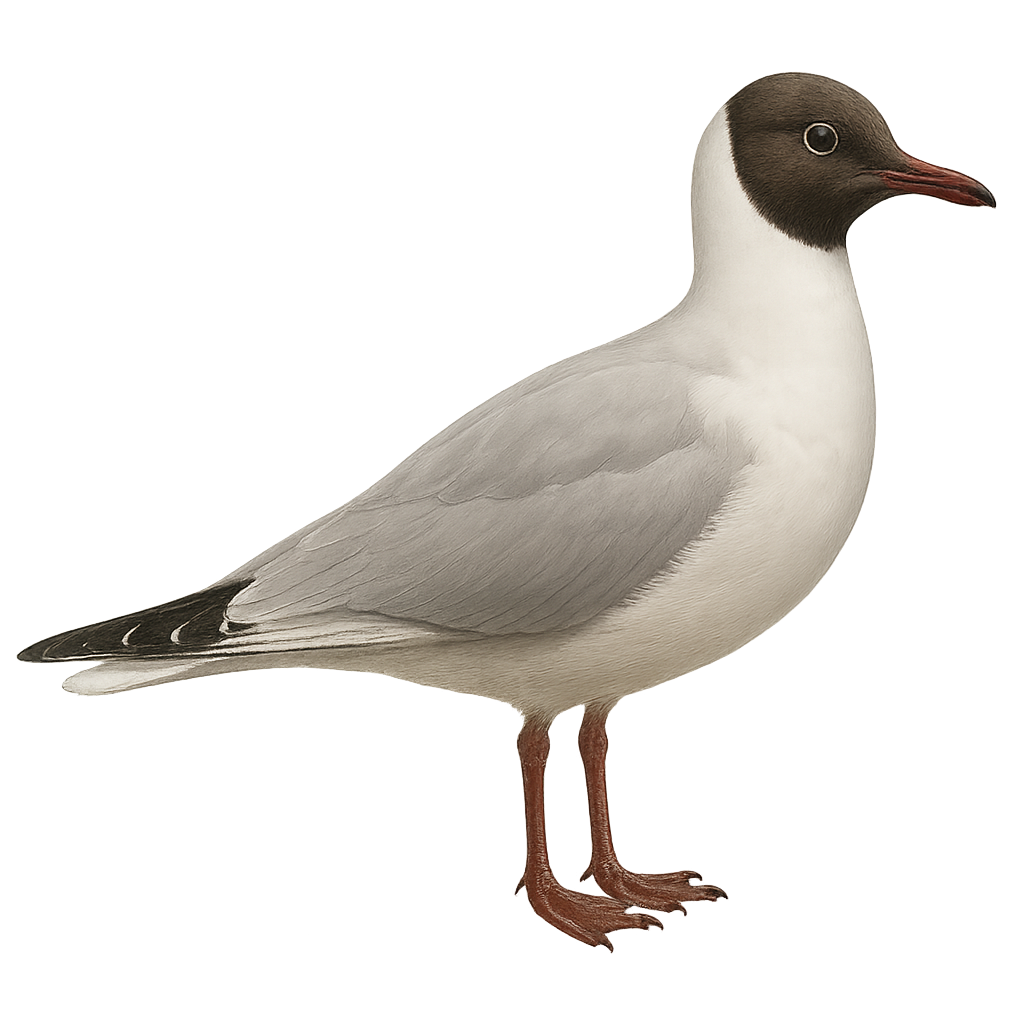Your wildlife photography guide.
Explore the brown-hooded gull in detail, study its behavior, prepare your shots.
Where to observe and photograph the brown-hooded gull in the wild
Learn where and when to spot the brown-hooded gull in the wild, how to identify the species based on distinctive features, and what natural environments it inhabits. The WildlifePhotographer app offers tailored photography tips that reflect the brown-hooded gull’s behavior, helping you capture better wildlife images. Explore the full species profile for key information including description, habitat, active periods, and approach techniques.
Brown-hooded Gull
Scientific name: Chroicocephalus maculipennis

IUCN Status: Least Concern
Family: LARIDAE
Group: Birds
Sensitivity to human approach: Suspicious
Minimum approach distance: 10 m
Courtship display: October to December
Incubation: 23-26 jours
Hatchings: October to January
Habitat:
wetlands, lakes, coasts
Activity period :
Primarily active during the day, with peak activity in the morning and late afternoon.
Identification and description:
The Brown-hooded Gull, or Chroicocephalus maculipennis, is a medium-sized bird known for its chocolate-brown head during the breeding season and its white and grey plumage. It primarily inhabits wetlands, lakes, and coastal areas in South America. Its diet is varied, including fish, insects, and small crustaceans. Often seen in groups, it gracefully flies over water or rests on shores. Although its conservation status is currently of least concern, it is sensitive to environmental changes, particularly pollution and habitat destruction.
Recommended lens:
400 mm – adjust based on distance, desired framing (portrait or habitat), and approach conditions.
Photography tips:
To photograph the Brown-hooded Gull, focus on wetland or coastal areas where it is often found. Use a telephoto lens of at least 400mm to capture precise details without disturbing it. Morning or late afternoon light is ideal for achieving natural colors and avoiding harsh shadows. Be patient and discreet, maintaining a safe distance of about 10 m to avoid disrupting its natural behavior.
The WildlifePhotographer App is coming soon!
Be the first to explore the best nature spots, track rutting seasons, log your observations, and observe more wildlife.
Already 1 432 wildlife lovers subscribed worldwide

